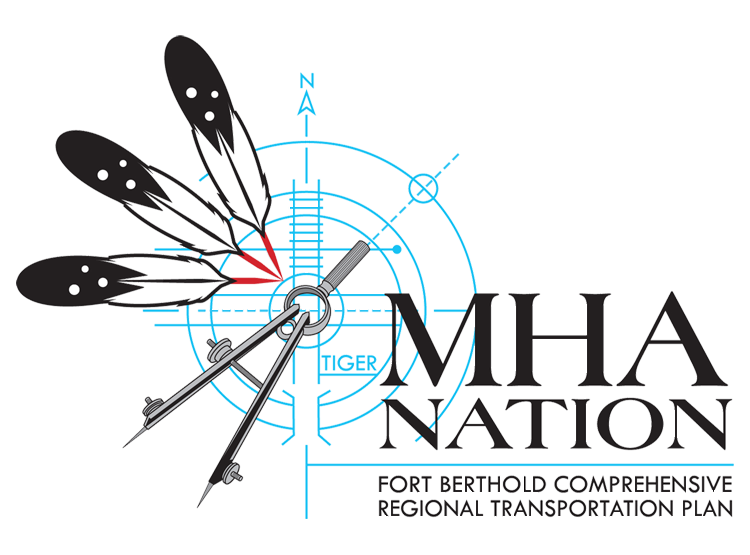On Wednesday of last week (November 28), the Fort Berthold Plan bridge team held its first technical advisory committee meeting. Ron Hall, the Fort Berthold Comprehensive Regional Transportation Plan project manager (and President of Bubar and Hall Consulting, LLC) kicked off the meeting by introducing the Fort Berthold Plan, the Fort Berthold Plan bridge feasibility study, and the project management team. After the technical advisory committee attendees introduced themselves, Russ Call (FIGG), Kurt Walt (CH2M), and Dan Pitzler gave a project overview, explained the process of conducting a feasibility study, and reviewed the options and alternatives to bridge development on Fort Berthold.

Four Bears Bridge in New Town. Photo credit Alex Basaraba.
Most importantly, the project management team and technical advisory committee stressed that the development of this study is not necessarily advocating for the development of a bridge or not, but is an opportunity to look at what the full picture of bridge development on Fort Berthold could look like. This means considering all aspects of bridge development, including the benefits, detriments, environmental impacts, social impacts, cultural impacts, economic opportunities, cost estimates, land management, and procedural requirements.
What is the technical advisory committee (TAC)?
A technical advisory committee is a collection of subject matter experts that represent diverse partners in the project and are responsible for strategizing, reviewing, and guiding the planning process forward before it reaches the public hearing stage. The Fort Berthold Plan Bridge technical advisory committee is still being assembled, and will ideally include tribal and non-tribal community members in order to ensure any proposed projects resulting from the bridge feasibility study will best serve the needs and interest of the entire Fort Berthold Community.
What did the TAC discuss on Wednesday?
Tribal community members invited to participate in this preliminary TAC meeting discussed a number of topics related to the feasibility study with the CH2M/FIGG Alliance team. In addition to project scheduling, the team discussed the critical success factors for the project, project goals, key assumptions and boundaries, and project issues and challenges. Dan Pitzler led the group in an exercise designed to articulate what some of the project critical success factors were for the community. Meeting attendees were asked to imagine the bridge(s) had already been completed, and that the community agreed it was a wonderful bridge. Why was the bridge wonderful? What did they love about the bridge? Some of the critical success factors that were emphasized were safety, connectivity, improved regional circulation, and coordination of transportation and land-use planning.
How can I participate?
A key goal of the feasibility study is to engage in an outreach effort centered on the needs and concerns of the Fort Berthold residents. Once the various experts on the bridge team have assessed and analyzed bridge sites, corridor infrastructure needs, social and environmental concerns, economic issues, and initial cost estimates, which will in itself require communicating with the community, they will begin a committed effort to support public participation. This will be achieved through the following: sharing project information and findings to community residents and interested stakeholders through a variety of media, events, and platforms; encouraging active participation in the community area planning process; and soliciting and documenting feedback that may influence the Fort Berthold Bridge Feasibility Study.
Stay tuned for announcements of these events, as well as calls to participate and informational updates on the Fort Berthold Comprehensive Regional Plan website and social media!
